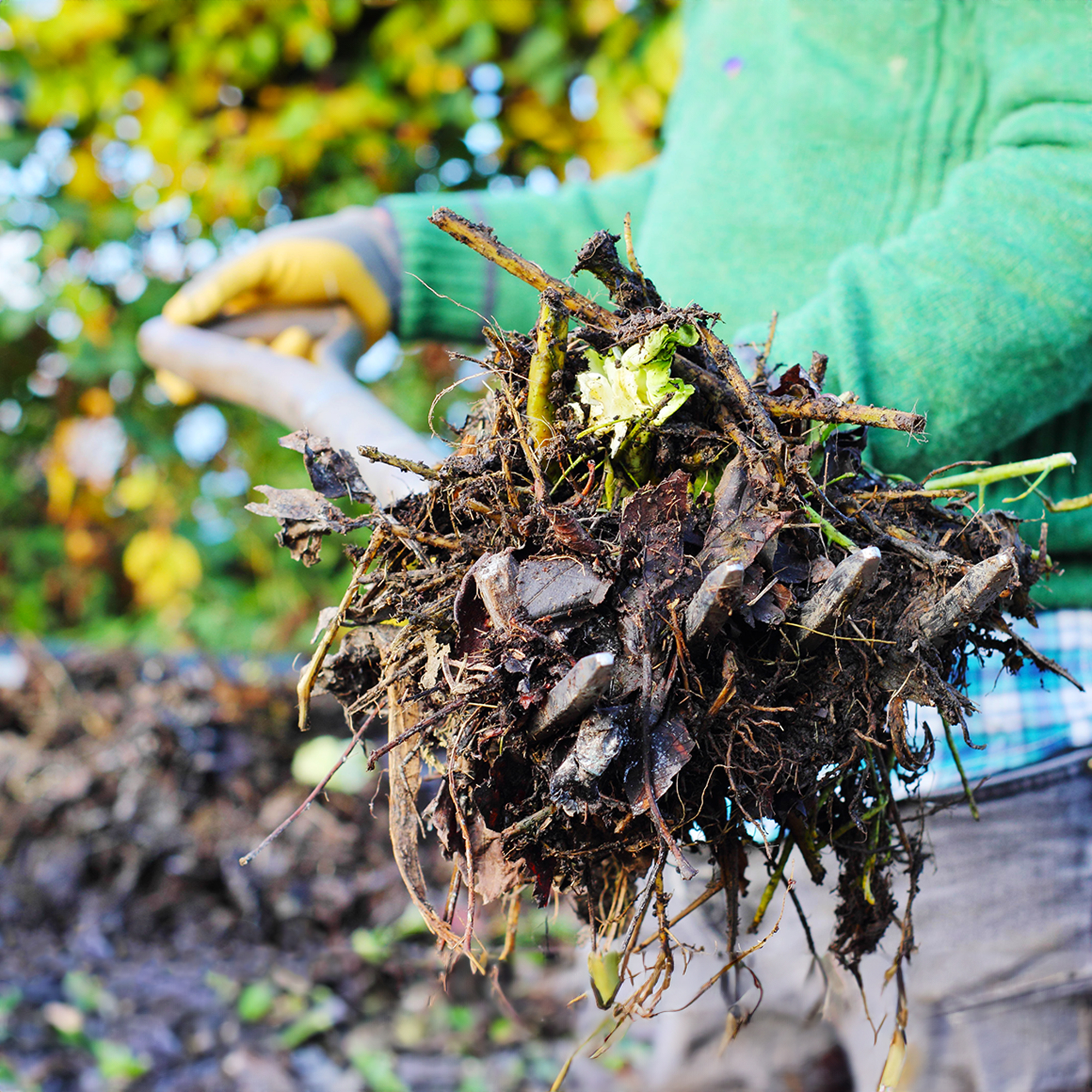Cole Crop Wire Stem Disease – Treating Wire Stem In Cole Crops

Good soil is what all gardeners want and how we grow beautiful plants. However, harbored in soil are many dangerous bacteria and damaging fungi that can harm crops. In cole crops, wire stem disease is occasionally a problem. It is caused by a pathogen in soil or it may be on seeds. There are no resistant seed varieties, but certified fungicide treated seed and a few tips can prevent the disease.
Recognizing Cole Crops with Wire Stem
Cabbages with soft head rot and black, sunken lesions on radishes, turnips, and rutabagas are cole crops with wire stem disease. Damping off is also a symptom in wire stem of cole crops. The fungus responsible is Rhizoctonia solani, but there are several ways to prevent it from killing your plants. Wire stem of cole crops is not a common disease but can kill its host. In cabbages, the basal stem will darken in color and develop soft spots while the head has spotted and wilted leaves. Other cole crops may have their roots affected, especially in those grown for edible roots, developing mushy, dark areas. Young seedlings will shrivel and darken, eventually dying due to damping off. The fungus invades the stems at the soil line, which girdles the plant and prevents nutrients and moisture from traveling in the plant. As the disease progresses, the stem becomes black and wiry, leading to the name wire stem disease.
Avoiding Cole Crop Wire Stem Disease
The fungus overwinters in soil or it may be introduced by infected seeds or infected transplants. It can also survive on infected plant material, so it is important to clean up the previous season's plants. The disease progresses more quickly on overly wet soil but increasing porosity can help minimize the risk of the disease. There is also some information that the fungus can be transported by contaminated footwear and equipment, making sanitation an important preventative step. Rotating crops is extremely beneficial for this disease and many others. Keep wild crucifer plants weeded out and avoid planting transplants too deeply. Irrigate plants from the base and allow the top surface of soil to dry out before applying more water.
Treating Wire Stem in Cole Crops
Since there are no resistant crops available and no registered chemical treatments that are consistently effective, prevention is the best method of treatment. The fungus can live in soil indefinitely, so never use soil that was previously growing cole crops. Keeping macronutrient levels high in soil so plants germinate and grow quickly seems to minimize incidents of the fungal disease. Treating seeds or soil with fungicides may have some effectiveness, but many of the formulas are carcinogenic and should be used with caution. Good sanitation, crop rotation, cultural practices, and soil management seem to be the best way of avoiding cole crops with wire stem disease.
Gardening tips, videos, info and more delivered right to your inbox!
Sign up for the Gardening Know How newsletter today and receive a free copy of our e-book "How to Grow Delicious Tomatoes".

Bonnie Grant is a professional landscaper with a Certification in Urban Gardening. She has been gardening and writing for 15 years. A former professional chef, she has a passion for edible landscaping.
-
 Grow ‘Karl Rosenfield’ Peony Plants For The Ultimate Frilly Border Beauties And Cut Flowers
Grow ‘Karl Rosenfield’ Peony Plants For The Ultimate Frilly Border Beauties And Cut FlowersFor frilly double magenta peony petals infused with a heady fragrance, grow ‘Karl Rosenfield’ peony plants. Here’s how to cultivate the ultimate plushy blooms
By Tonya Barnett
-
 10 Common Composting Problems That Can Spoil Your Garden Gold – Plus Easy Fixes
10 Common Composting Problems That Can Spoil Your Garden Gold – Plus Easy FixesLearn how to troubleshoot common composting issues before they ruin your stash – from bad smells and bugs to materials not breaking down as they should.
By Susan Albert